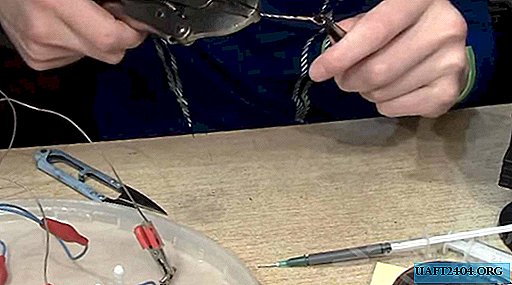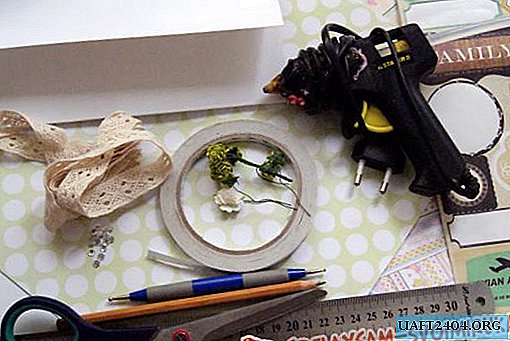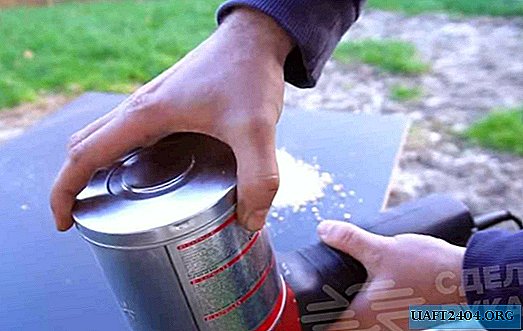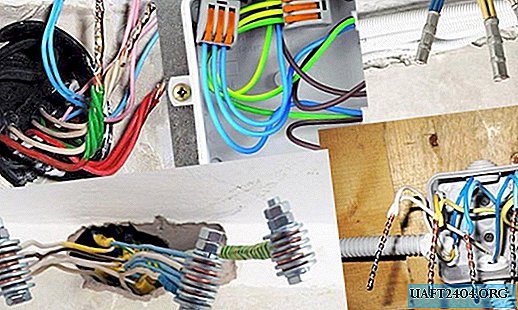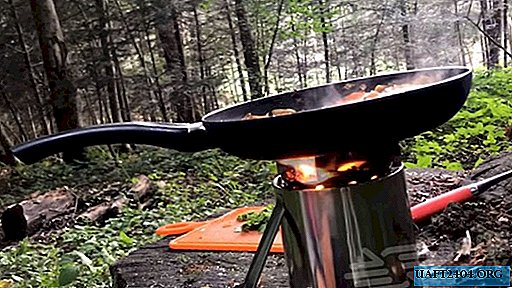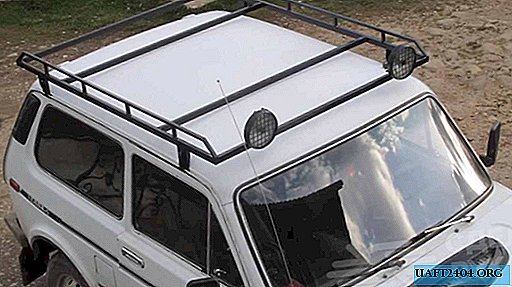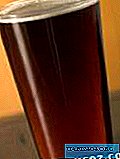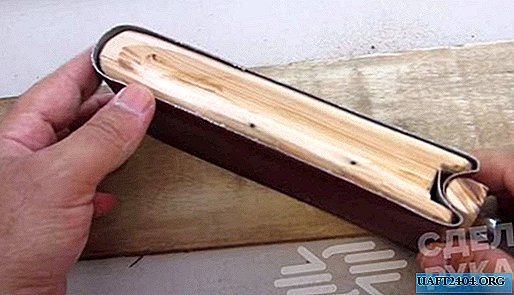Share
Pin
Tweet
Send
Share
Send
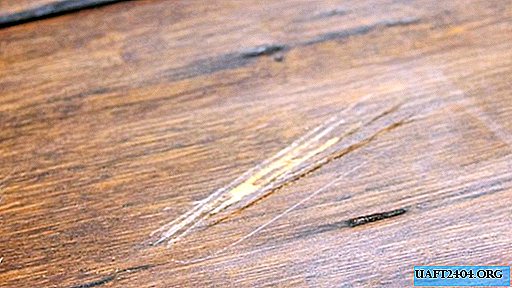
Scratches on a wooden surface, as well as chips and other defects are very striking. Their presence is unpleasant, but does not affect the functionality in any way, so changing the board for such minor reasons is inappropriate. To improve the appearance, scuffs and damage can be hidden, and quite accurately, making them almost invisible.
Materials:
- wax pencil of the desired shade;
- permanent repair marker;
- masking tape;
- wood putty;
- sandpaper;
- putty knife;
- polish.

Method 1: Handle Shallow Scratches with a Repair Marker

It is very easy to hide shallow scratches. To do this, it is enough to pick up a special permanent repair marker of a suitable shade. They need to be scratched, dyed its fibers, and then wipe off excess ink with a napkin.


If there are multiple small scratches in one area, then it’s much faster to just pour a little ink from the marker onto a piece of cloth, and then use it to polish the problem area.


Method 2: Fix deep scratches with chipped pencil

If there are not just scratches on the tree, but relief defects, then it is necessary to warm up the wax pencil, making the painting core soft.

After this, you should cover the damaged area with a stylus and evenly level the wax with a cloth, removing the excess.


Method 3: repair large damage
If damage to the parquet / furniture has a large area or a significant recess, then using a pencil or marker to remove the defect will not work. Use masking tape to paste over the perimeter of the damaged area, protecting whole places.

Hardwood putty is applied to deep defects.

After the putty has dried, it needs to be sanded with sandpaper.


Next, ink from the marker is applied to it to change the white color of the new base to the desired shade.

If the restored spot has insufficient gloss, which sets it apart from the general background, you can use polish.


It will allow you to align the restored surface with the rest, removing the effect of dullness.

The proposed methods for working with scratches and chips are accessible to everyone, since they are very simple and do not require an expensive tool. The whole difficulty of high-quality restoration of a wooden varnished surface lies only in the selection of repair materials of the right shade.
Share
Pin
Tweet
Send
Share
Send

